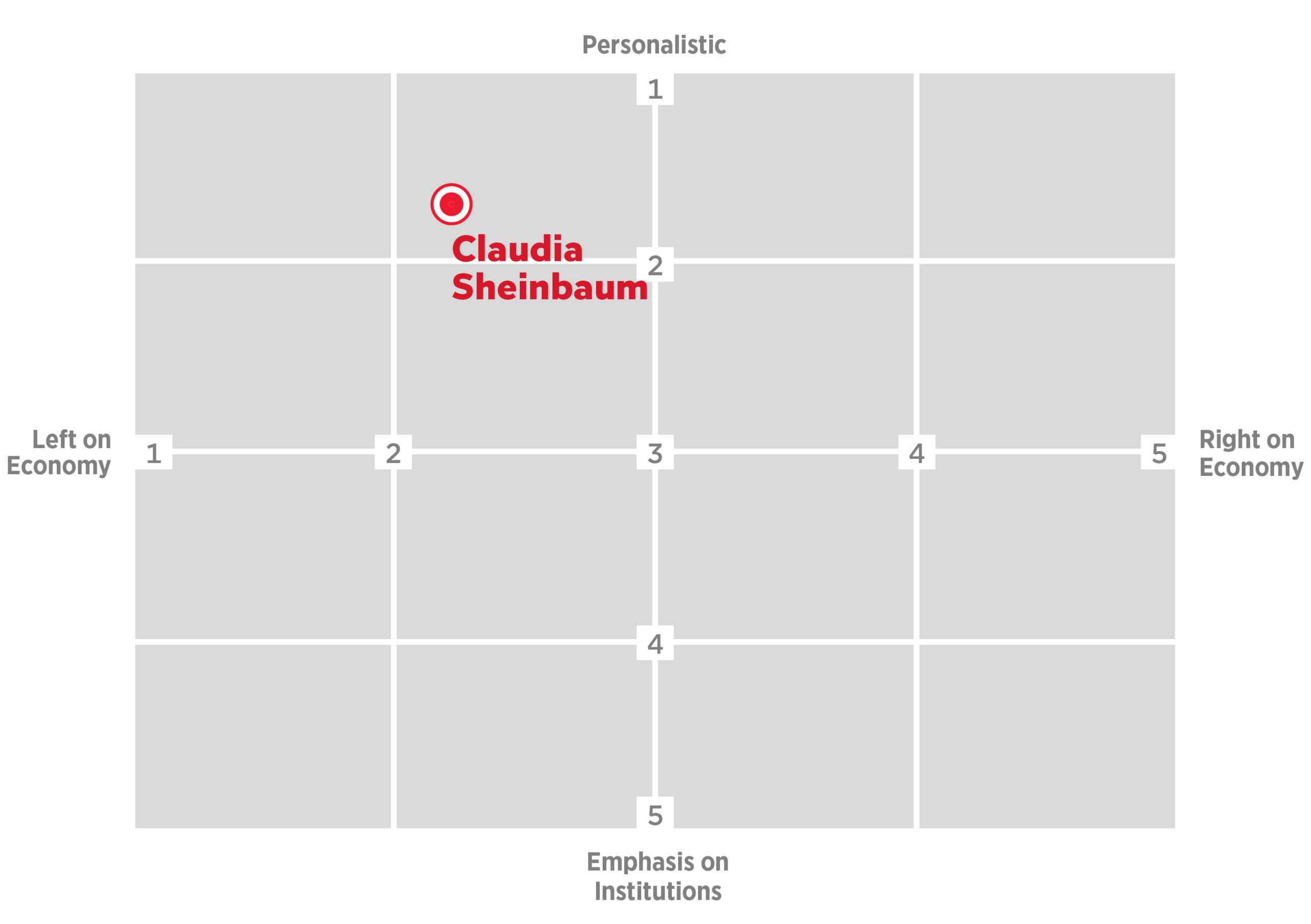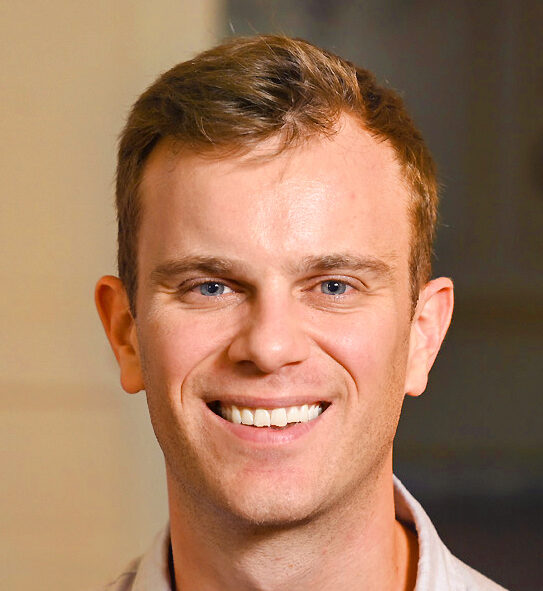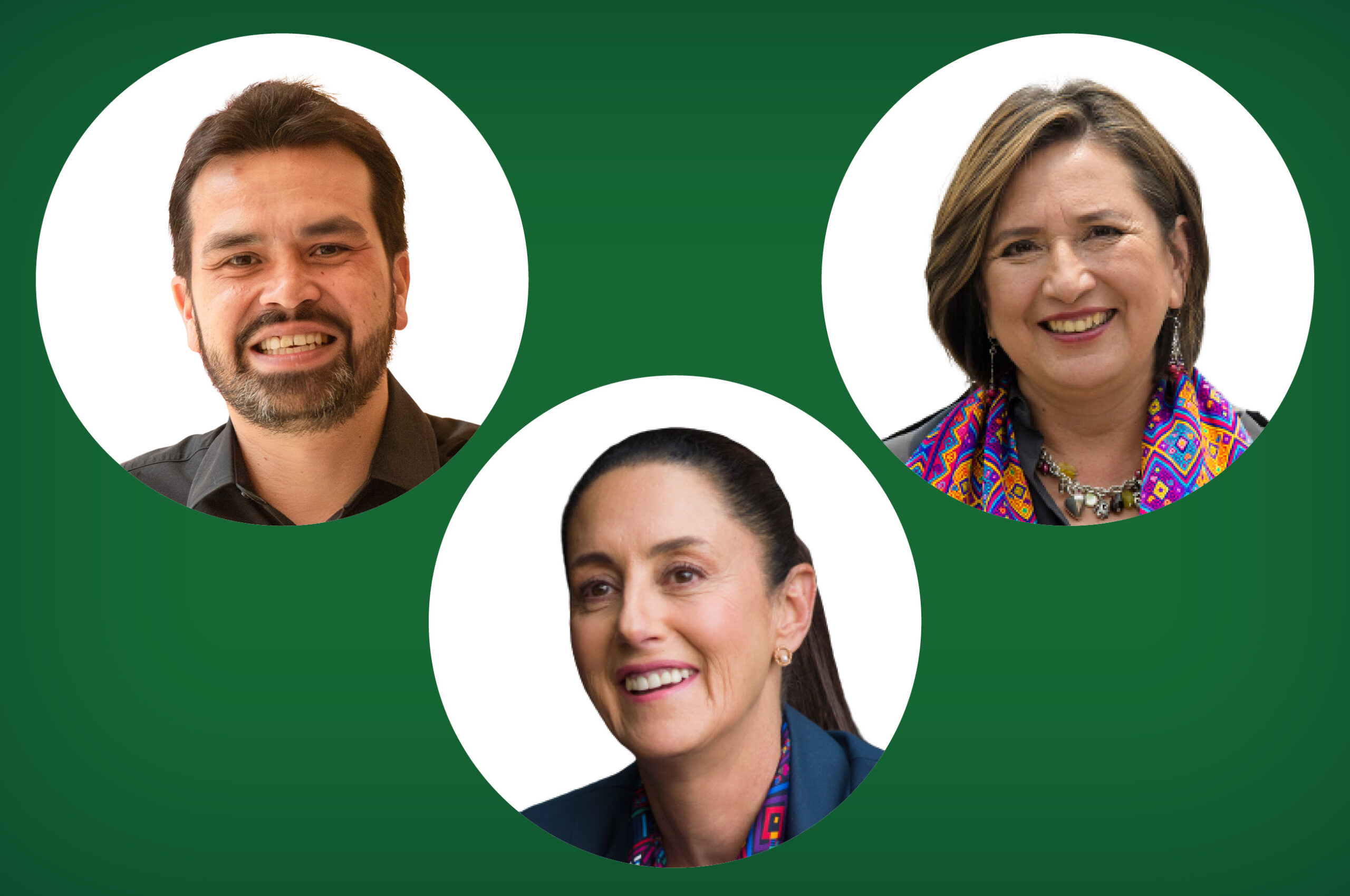This article is adapted from AQ’s special report on Latin America’s election super-cycle
This page was last updated on May 24
Mexico will hold the largest general election in its history in a single-round vote on June 2. Voters will elect candidates for president, all 128 seats in the Senate, all 500 seats in the Chamber of Deputies, nine governors and thousands of local offices.
This page includes presidential candidates Jorge Álvarez Máynez, Xóchitl Gálvez and Claudia Sheinbaum, listed in alphabetical order by last name. We will occasionally update this page to reflect developments in the campaigns.
AQ also asked a dozen nonpartisan experts on Mexico to help us identify where each candidate stands on two spectrums: left versus right on economic matters, and a more personalistic leadership style versus an emphasis on institutions. We’ve published the average response, with a caveat: Platforms evolve, and so do candidates.
This piece is part of AQ’s ongoing coverage of upcoming elections.
Jorge Álvarez Máynez | Xóchitl Gálvez | Claudia Sheinbaum

Jorge Álvarez Máynez
38, national legislator
Movimiento Ciudadano (MC)
“I am a rational optimist and militant of lost causes.”
HOW HE GOT HERE
Álvarez Máynez is serving his second term in Mexico’s lower house and coordinates MC’s congressional bench. He hails from Zacatecas, where he served as a state legislator from 2010 to 2013, the year he joined MC. Álvarez Máynez entered the race in January 2024 – he was the campaign manager for the party’s original candidate, Nuevo León governor Samuel García, who dropped out in December.
WHY HE MIGHT WIN
Voters seeking a “third way” option might prefer Álvarez Máynez. MC is relatively new political party and has not allied itself with the main coalitions in the presidential race. He may attract some anti-establishment voters, as he aims to change the political system and has stated that he is “the only decent option” in this election.
WHY HE MIGHT LOSE
Polls indicate that Álvarez Máynez is a distant third behind Sheinbaum and Gálvez, and he has admitted that “eight of 10 Mexicans do not know me.” This is the first time MC is running its own presidential candidate, and analysts have observed that his long-shot candidacy may mainly serve to increase MC’s national recognition and congressional seats.
WHO SUPPORTS HIM
Álvarez Máynez is courting younger voters. He has stated that his competitors are “trapped in the past, in an old way of doing politics” and that he “represents the future.” Fellow critics of President Andrés Manuel López Obrador (AMLO) might back him, along with some social progressives (he supports marriage equality and decriminalizing abortion).
WHAT HE WOULD DO
To improve infrastructure, Álvarez Máynez would increase public investment annually to reach 4.5% of GDP by 2030. His proposals include “gradually transforming” Mexico’s state-owned electricity and oil companies to promote renewable and clean energy. Álvarez Máynez supports decriminalizing and regulating some drugs, like marijuana, to bring in new revenue. He would stop the militarization seen during the AMLO administration, and his National Pacification Plan includes creating police academies, ending certain kinds of pre-trial detention, and strengthening the public defender’s office.
IDEOLOGY

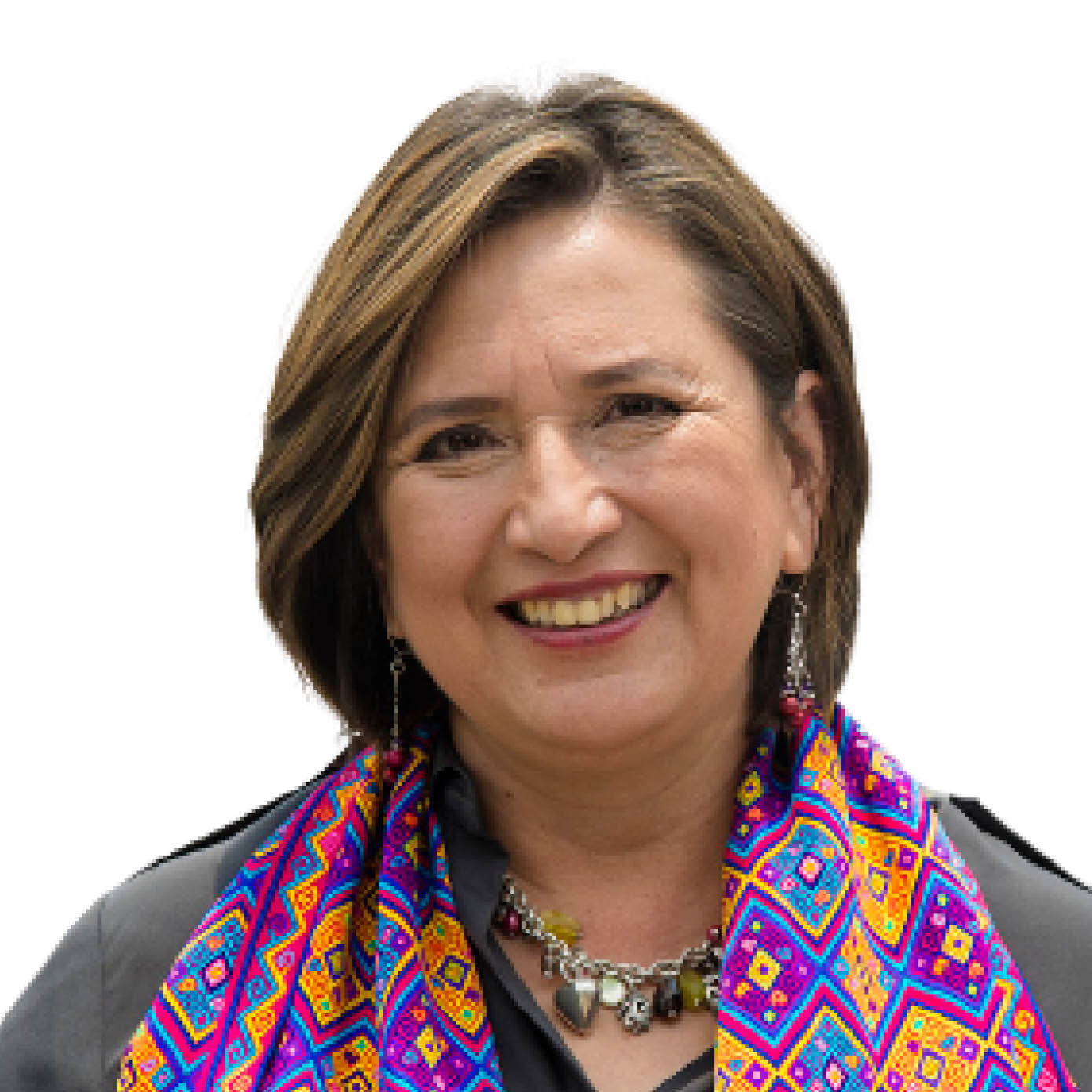
Xóchitl Gálvez
61, senator (on leave)
Fuerza y Corazón por México
“I am a person who generates wealth, but who is also very conscious that this wealth has to be redistributed.”
HOW SHE GOT HERE
Gálvez is a tech entrepreneur who ran the Indigenous Peoples’ Development Office under President Vicente Fox (2000-06), and then helped to form the National Indigenous Peoples’ Development Commission (CDI), becoming its first director (2003-06). In 2015, she won a race for mayor of a Mexico City district with the conservative Partido Acción Nacional (PAN) party, and in 2018, she won a Senate seat.
WHY SHE MIGHT WIN
Gálvez will try to paint AMLO and his Morena party as ineffective on issues like health care and crime. Over 30 candidates in local elections have been slain in recent months, refocusing attention on the record number of murders during AMLO’s term in office. Gálvez grew up in a low-income Indigenous household in the state of Hidalgo, and may be able to portray Sheinbaum as a Mexico City elite out of touch with the public.
WHY SHE MIGHT LOSE
AMLO remains popular, and Sheinbaum has a comfortable lead in the polls as his preferred successor. Moreover, Morena has a much stronger national political machine than Gálvez’s coalition, composed of the PAN, the Partido de la Revolución Democrática (PRD) and the Partido Revolucionario Institucional (PRI).
WHO SUPPORTS HER
Gálvez is popular among those who have opposed AMLO’s efforts to malign critics and reform institutions like the National Electoral Institute, including many from Mexico’s large middle class, which she is targeting in her campaign. She also attracts some environmental voters and those who own or work in small businesses.
WHAT SHE WOULD DO
Gálvez would attempt to raise taxes on the wealthy, incentivize nearshoring and modernize state oil company Petróleos Mexicanos, known as Pemex, opening it to foreign investment and developing renewable energy. She would continue some of AMLO’s infrastructure projects and seek to strengthen the relationship with the U.S., and would request more funding to address migration through Mexico. Gálvez emphasizes security on the campaign trail, and her platform includes new prison construction and shifting the military away from policing to focus on fighting organized crime. She has also proposed expanded health care spending, a national childcare system, and greater support for small and medium enterprises.
IDEOLOGY

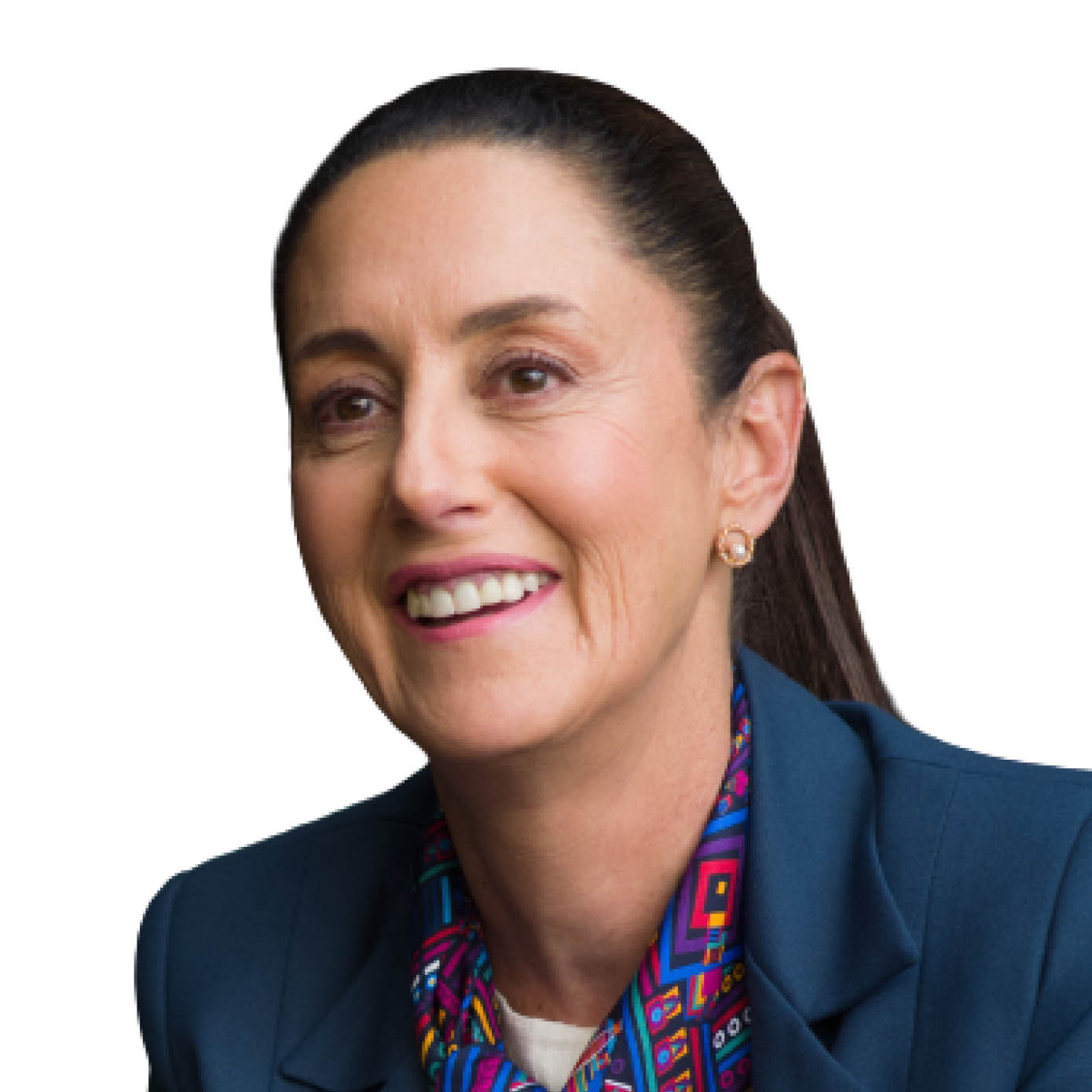
Claudia Sheinbaum
61, former mayor of Mexico City
Sigamos Haciendo Historia
“I am not a copy of AMLO, but we are going to defend the same principles.”
HOW SHE GOT HERE
A former environmental scientist, Sheinbaum holds a Ph.D. in energy engineering. During part of AMLO’s tenure as mayor of Mexico City, she served in his Cabinet as environment secretary. Sheinbaum was elected mayor of a Mexico City district in 2015, and won the 2018 Mexico City mayoral race with 48% of the vote. She resigned as mayor in June 2023 to run for president.
WHY SHE MIGHT WIN
Sheinbaum is well known, and Morena is the country’s largest party—its governors run 22 of Mexico’s 32 states. Her close association with AMLO has contributed to her advantage in the polls, which she has consistently led by a wide margin. Voters may credit her with security improvements during her term as mayor of Mexico City; in July 2023, the capital’s homicide rate fell to its lowest level in 16 years.
WHY SHE MIGHT LOSE
Other aspects of Sheinbaum’s record may alienate voters, who might associate her with the deadly collapse of a school in her district during the 2017 earthquake, and problems with Mexico City’s subway system, including a metro overpass collapse that killed 26 people in 2021. Amid Mexico’s difficult security situation, some voters will seek a change from the AMLO years and support opposition candidates.
WHO SUPPORTS HER
Morena’s loyal base includes mainly lower-income voters, as well as some social progressives. Sheinbaum is running as part of a coalition between Morena, the Partido del Trabajo (PT) and the Partido Verde Ecologista de México (PVEM).
WHAT SHE WOULD DO
Sheinbaum has vowed to maintain AMLO’s “republican austerity,” expand core welfare programs, and promote nearshoring and strategic infrastructure investment. She would invest $13.6 billion in new renewable energy projects, and her 100-step government program includes plans to support Mexico’s fossil fuel-centered state energy companies. Sheinbaum has said she would strengthen the National Guard, which AMLO created in 2019, and replicate some of the crime reduction strategies she deployed in Mexico City, improving coordination among state and federal authorities, investing more in intelligence, and attempting to address root causes.
IDEOLOGY
